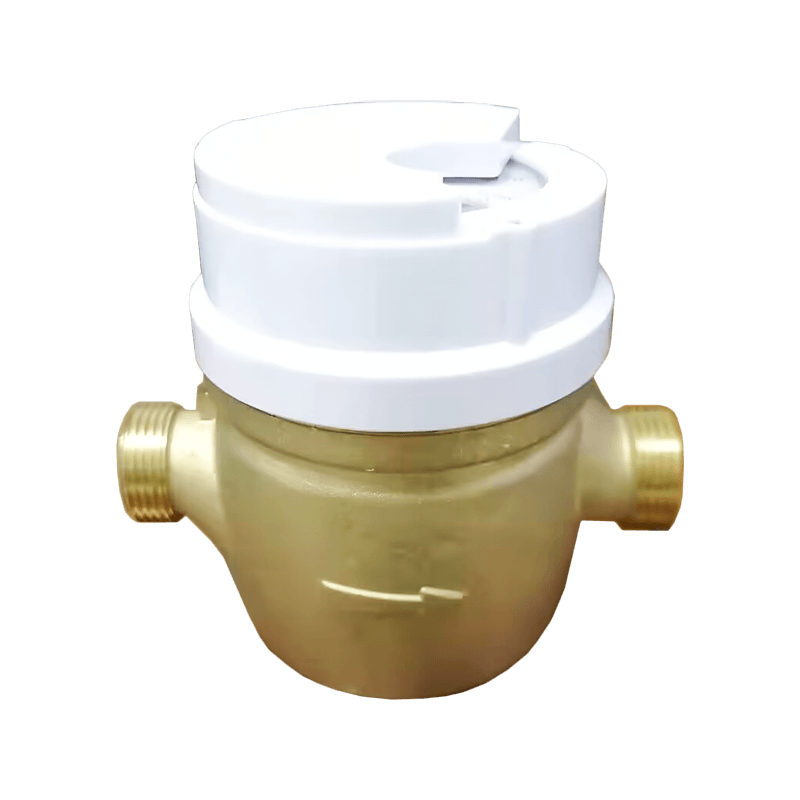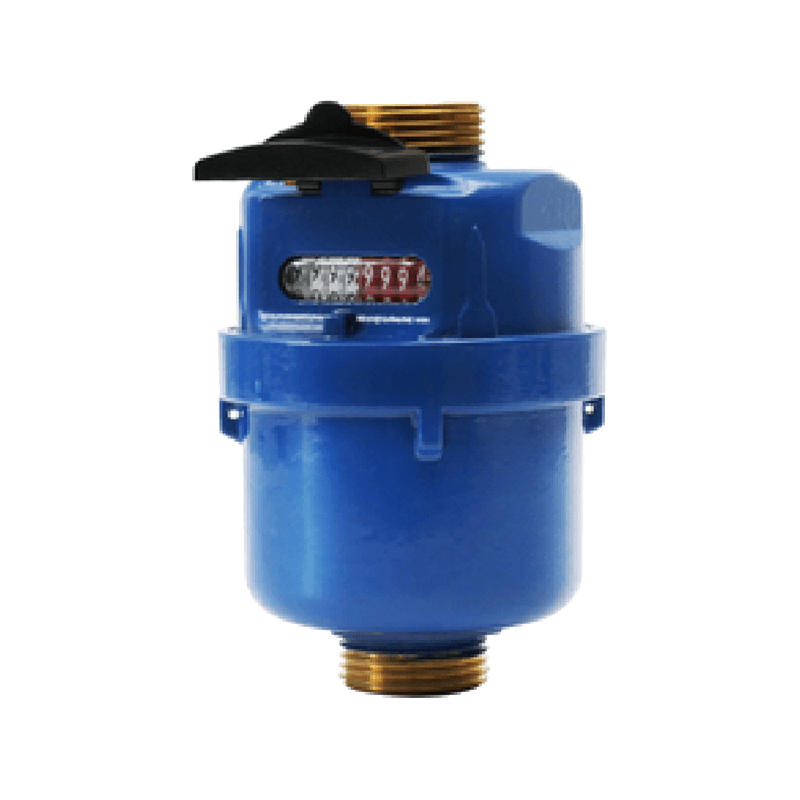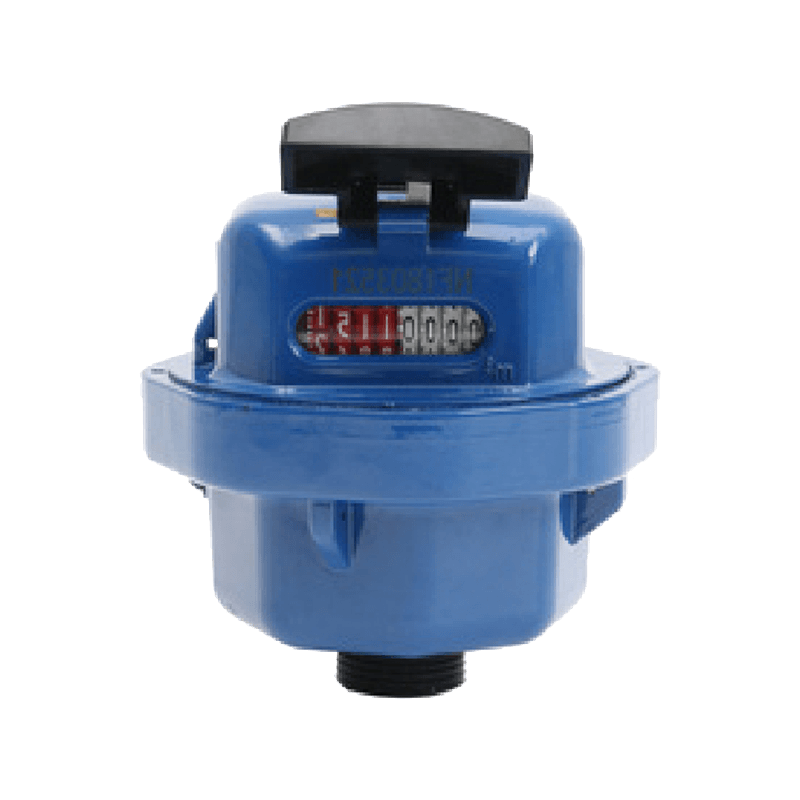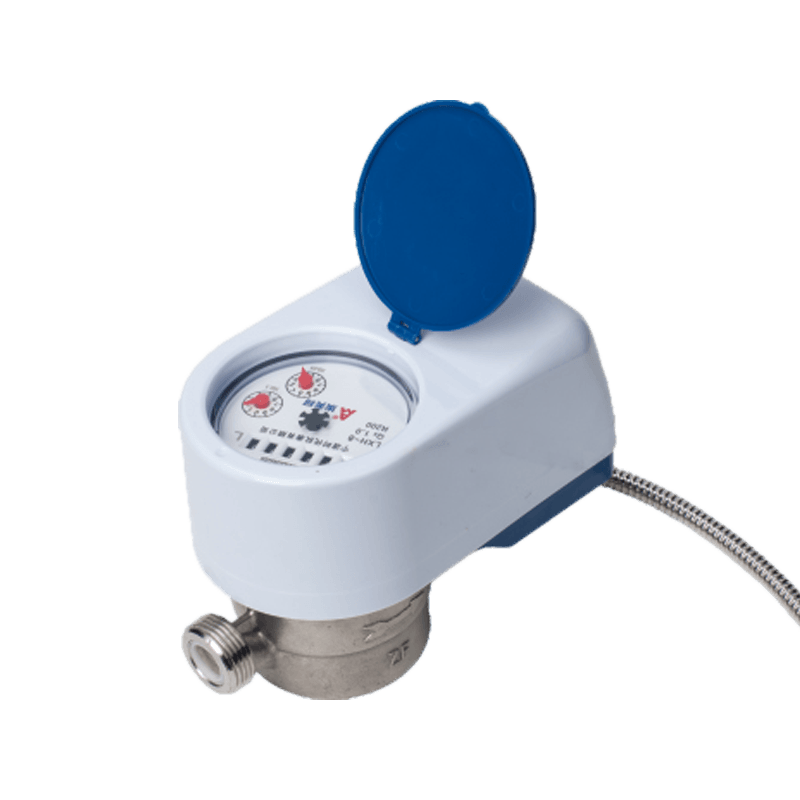Ultrasonic Water Meters play a crucial role in reducing water wastage and improving water efficiency, making them an invaluable tool in modern water management systems. Unlike traditional mechanical meters, which rely on moving parts and can be affected by wear and tear over time, Ultrasonic Water Meters use sound waves to accurately measure the flow of water, providing highly precise data that can help identify inefficiencies and prevent unnecessary water loss. Their advanced technology offers several key benefits that contribute to better water management practices, ultimately helping both utility providers and consumers optimize water use and reduce wastage.
One of the primary ways in which Ultrasonic Water Meters help reduce water wastage is through their ability to accurately detect even the smallest changes in water flow. These meters work by emitting high-frequency sound waves that travel through the water. The speed at which these sound waves return to the sensor is affected by the flow of water, allowing the meter to precisely calculate the volume and rate of flow. This level of accuracy ensures that all water consumption is measured correctly, preventing under- or overestimation, which can often result in either wasted water or incorrect billing.
In addition to their high accuracy, Ultrasonic Water Meters can detect issues such as leaks and low-flow conditions much more effectively than traditional mechanical meters. Because these meters are sensitive enough to pick up even the slightest irregularities in flow, they can quickly alert users or utilities to leaks or inefficiencies in the system. Early detection of leaks is critical for reducing water wastage, as even small leaks can lead to significant water loss over time. By identifying these issues early on, consumers and utilities can take action to repair leaks before they result in major losses, contributing to better water conservation.
Another important feature of Ultrasonic Water Meters is their ability to operate over a wide range of flow conditions, from very low to high flow rates. Traditional mechanical meters may struggle to accurately measure low-flow conditions, leading to inaccurate readings in cases where water usage is minimal, such as in households or during off-peak hours. Ultrasonic Water Meters, on the other hand, maintain their accuracy across all flow rates, ensuring that every drop of water is measured regardless of the time of day or water usage patterns. This ensures a more accurate representation of actual water consumption, helping consumers and utilities identify areas where water use can be reduced, and efficiency can be improved.
Furthermore, Ultrasonic Water Meters can be integrated into smart water metering systems, providing real-time data on water consumption. This data can be transmitted remotely to utility providers or consumers, offering valuable insights into water usage patterns and trends. With this information, utilities can more effectively manage water distribution, reduce waste, and ensure that water is being allocated where it is needed most. For consumers, access to real-time data on their water usage encourages more responsible consumption, allowing them to track and adjust their habits to reduce waste and improve efficiency. For example, if a household sees a spike in their water usage, they may take immediate action to check for leaks or make adjustments to their water habits.
Ultrasonic Water Meters also contribute to water efficiency by enabling more accurate billing. With traditional mechanical meters, the wear and tear on the moving parts can lead to inaccurate readings over time, potentially resulting in unfair billing practices. The precise measurements provided by Ultrasonic Water Meters ensure that consumers are only billed for the water they actually use, eliminating errors caused by meter malfunction or misreading. Accurate billing incentivizes consumers to be more mindful of their water consumption, as they can clearly see the financial impact of their usage patterns.
Moreover, these meters are designed to be durable and require less maintenance than traditional mechanical meters. The absence of moving parts in Ultrasonic Water Meters reduces the likelihood of mechanical failure, ensuring long-term reliability and consistent performance. This durability reduces the need for frequent meter replacements or repairs, which in turn helps minimize waste and supports a more sustainable water management system.



 English
English 中文简体
中文简体




